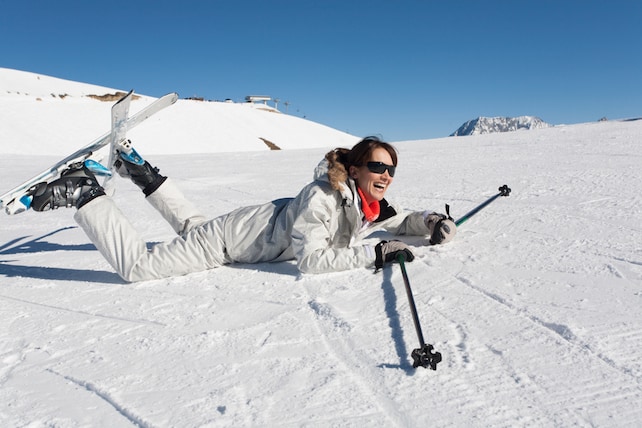Whether you’re looking to buy some goggles for yourself or for someone else, the following guide can help you when it comes to buying your ski goggles.
If you’re going on your first ski holiday this year, the world of purchasing ski goggles can be a scary one.
What’s more, with quite a lot of options when it comes to buying your goggles, there seems to be an overwhelming amount of options on the high street.
Whether you’re looking to buy some goggles for yourself or for someone else, the following guide can help you when it comes to buying your ski goggles.
It’s only a brief guide so it should be fairly straight forward to follow (particularly if you are only a few weeks away from your ski holiday).
Are you buying adult goggles or children’s goggles?
First of all,start with the size. Who are you buying for?
Children’s goggles are, quite rightly, cheaper than adults but it is worth bearing in mind that they will grow out of them fairly quickly.
Take heed not to buy goggles that are too big for your children as they will not offer as much protection. It is worth measuring their head accurately before your purchase.
Match the goggles to when you will be going on your ski holiday. Some children’s ski goggles are not suitable for use throughout the entire year. Most children’s goggles are made with orange lenses which can be used only in low light conditions. However, if you are skiing in brighter weather, you’ll need lenses that can accommodate this.
When purchasing adult goggles, there are a couple of different types to consider:
- Women’s fit goggles
- O.T.G (Over the glasses goggles)
- Oversized goggles
Women’s fit goggles are, of course, tailored specifically for women. The frame tends to be a bit smaller and there is less space over the nose area to prevent excess snow coming in.
O.T.G (Over the glasses) goggles are made to fit those who need prescription glasses. OTG goggles must fit well, otherwise skiers risk damage to the eyes on impact. You may prefer to wear contact lenses and standard goggles whilst skiing.
Oversized goggles appear to have no frame and are increasingly popular at the moment.
What color lenses are best for ski goggles?
Ski goggles come in a rainbow of colours. The colours range from clear to pink, yellow, amber, black, brown, red, green, blue and violet!
Clear goggles should be used in very low light conditions only, while pink goggles are suitable for low to mid-light.
Yellow goggles are great for snowy days. Amber goggles are appropriate for overcast conditions.
Black and brown goggles are the choice for very bright days.
Are polarized goggles good for skiing?
While polarized lenses can be good when it is sunny, they can also make it more difficult to see patches of slippery ice in the snow. It is therefore worth bearing this in mind.
Can you use sunglasses instead of ski goggles?
You may want to use sunglasses on sunny days, however bear in mind that ski goggles will provide more protection.
In our opinion here are Snowfinders, you are much better off wearing ski goggles over sunglasses for enhanced protection.
Ultimately, whatever ski gogghttps://uk.jooble.org/les you choose, they are a must-have whenever you hit the slopes.
Looking for a job in the ski industry then then click here for Jooble.


